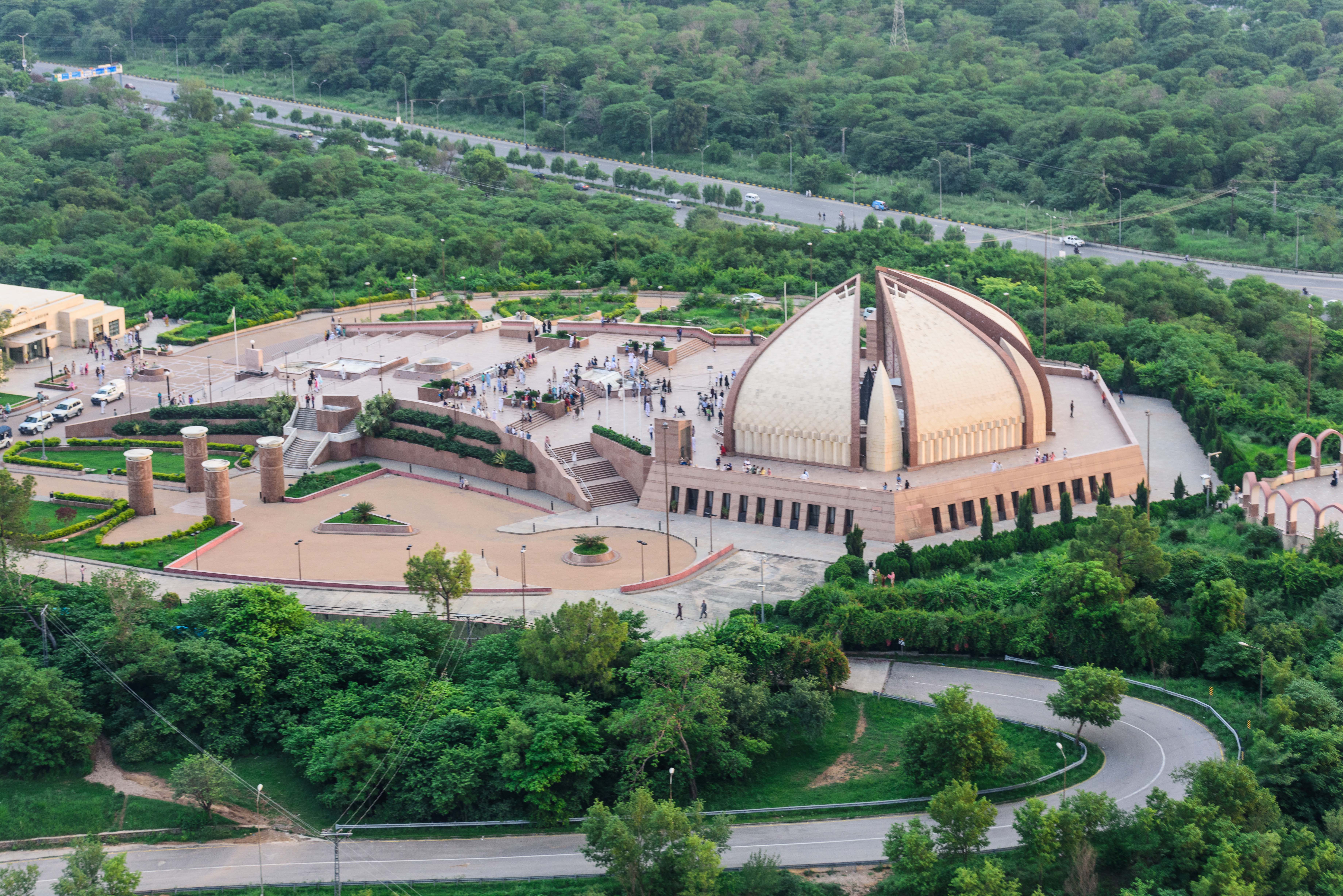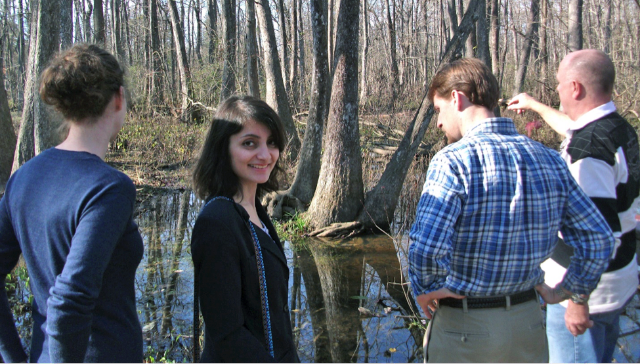Travel Guide to Pakistan
Pakistan is my country - my home turf - and surprisingly very few people - Pakistanis and no-Pakistanis alike, haven't explored the expanse of it. It's a fairly large country, with five provinces that are ethnically diverse, not to mention geographically varied. In fact, the country is home to the Punjab plains, lush green valleys, gorges, cold deserts, unexplored beaches and some of the highest mountains in the world. Besides the natural landscapes, the country is also beaming with cultural diversity, with each province having its own unique identity and language.
Despite some of the splendors that the country has to offer, the tourism infrastructure is weak at best, with public transit not easily accessible or safe. The country is also fairly conservative and can be challenging to navigate for some tourists, especially if they want to go "solo". Tourists will find it best to seek help from the locals, and use local tour operators for the most convenient and safe experience. For those who do dare to visit Pakistan, they will indeed be richly rewarded.
Going on a trip requires a little bit of preparation, as well as quite a lot of things to know beforehand. Here are some of the basics to cover:
1. Visa, Security and Travel
You will likely need to get a tourist visa before traveling to Pakistan, unless you're Pakistani of course. Apply to the Pakistani embassy in your home country at least one month before you want to go. For U.S. nationals, the cost of a single-entry Pakistani visa is $120, obtainable through the offices in Washington DC. You may also need a letter of invitation, which includes a Pakistani point of contact, and their address and passport copy. Feel free to contact me regarding this.
Before visiting Pakistan, you should get the latest travel advice from your respective embassies in Islamabad. The U.S. embassy has a tendency to exaggerate security concerns so maybe you should compare their assessment with those of the British or Canadian embassies to get a balanced view.
Inform your embassy’s consular department of your planned itinerary and contact details on arrival, and keep them updated of any changes so they can find you in an emergency (I hope that never happens, but if you want to be risk-averse or over-overcautious).
You will likely need to get a tourist visa before traveling to Pakistan, unless you're Pakistani of course. Apply to the Pakistani embassy in your home country at least one month before you want to go. For U.S. nationals, the cost of a single-entry Pakistani visa is $120, obtainable through the offices in Washington DC. You may also need a letter of invitation, which includes a Pakistani point of contact, and their address and passport copy. Feel free to contact me regarding this.
Before visiting Pakistan, you should get the latest travel advice from your respective embassies in Islamabad. The U.S. embassy has a tendency to exaggerate security concerns so maybe you should compare their assessment with those of the British or Canadian embassies to get a balanced view.
Inform your embassy’s consular department of your planned itinerary and contact details on arrival, and keep them updated of any changes so they can find you in an emergency (I hope that never happens, but if you want to be risk-averse or over-overcautious).
2. Getting to Pakistan
PIA offers direct flights to Pakistan and if you book in advance through a travel agent, you can get a ticket as low as $1000, roundtrip. Etihad, Emirates, Qatar Airways and Kuwait Airways also have flights to Pakistan with layovers in the Middle East. Emirates is the most comfortable of all airline services. You can always go to India for a $12 ride from Lahore to Delhi (a bus operates) or go to China through the Karakoram Highway. Then, it will be 3 in 1.
The best time to go would be in the Spring or Fall seasons. Summers can get extremely hot for the large part of the country, and the northern parts are too crowded to be appreciated. On the other hand, Spring season offers an opportunity to enjoy both the plains and cities as well as the northern mountainous areas. Some of these areas may still not be accessible due to snow but most of the routes to the north are open by March, if not earlier.
3. Women and Attire
This goes without saying to women traveling solo - be cognizant of your surroundings and stay safe. Women should not travel alone in more remote areas of Pakistan - it is preferable that a male is with her. Groups are always fun but find a partner to come along with you. After all, two heads are better than one. However, the north is frequented by many solo female hikers and mountain climbers, who are clad properly.
Although you don’t need to wear shalwar kameez all the time, be aware of cultural norms and adhere to them to avoid drawing unwanted attention to yourself. Both men and women should wear long, loose trousers and long-sleeved shirts, and women should cover their heads with scarves when visiting more conservative areas areas. Never ever wear shorts (even men!). Much of what you wear depends on where you are so the best advice is to observe those around you and do as they do. In spite of what you wear, there are places you will always be be ogled at (I am now used to this constant staring) so don't worry!
4. Language, Communication and Hospitality
The national language of Pakistan is Urdu, but the official one is English. This means that most road signs and banners will use English. In rural areas however, English is not widely spoken. In the cities, many educated Pakistanis and those who have regular dealings with tourists do speak English quite well, but by and large, it may be challenging to speak to locals. However, that should not deter you to strike up a conversation with the locals. One of the most well-known aspects of Pakistani society is hospitality towards tourists, and is unmatched in North America. Most of my friends who have traveled here have found the friendliness and kindness of its people as the highlights of their travels. Most of the people will treat you for a meal, with no expectations, and you are also very likely to end up getting your entire trip sponsored through hospitality. That being said, be mindful of your privilege and help out the local businesses when you can!
This goes without saying to women traveling solo - be cognizant of your surroundings and stay safe. Women should not travel alone in more remote areas of Pakistan - it is preferable that a male is with her. Groups are always fun but find a partner to come along with you. After all, two heads are better than one. However, the north is frequented by many solo female hikers and mountain climbers, who are clad properly.
Although you don’t need to wear shalwar kameez all the time, be aware of cultural norms and adhere to them to avoid drawing unwanted attention to yourself. Both men and women should wear long, loose trousers and long-sleeved shirts, and women should cover their heads with scarves when visiting more conservative areas areas. Never ever wear shorts (even men!). Much of what you wear depends on where you are so the best advice is to observe those around you and do as they do. In spite of what you wear, there are places you will always be be ogled at (I am now used to this constant staring) so don't worry!
4. Language, Communication and Hospitality
The national language of Pakistan is Urdu, but the official one is English. This means that most road signs and banners will use English. In rural areas however, English is not widely spoken. In the cities, many educated Pakistanis and those who have regular dealings with tourists do speak English quite well, but by and large, it may be challenging to speak to locals. However, that should not deter you to strike up a conversation with the locals. One of the most well-known aspects of Pakistani society is hospitality towards tourists, and is unmatched in North America. Most of my friends who have traveled here have found the friendliness and kindness of its people as the highlights of their travels. Most of the people will treat you for a meal, with no expectations, and you are also very likely to end up getting your entire trip sponsored through hospitality. That being said, be mindful of your privilege and help out the local businesses when you can!
5. Budget
Pakistan is a fairly inexpensive place, where a simple local meal will cost you around $1-2. However, if you plan on eating at more high end places, the cost can go up to $10. The most expensive thing would be accommodation, which could range from $20-200 depending on where you want to stay. However, if you are ok with local guesthouse accommodations, you can expect to pay around 25 - 45 USD per day per person and that should include accommodation and 3 meals.
If you do want to stay in the fancier hotels, that means shelling out atleast $200/day but these hotels also provide excellent services.
6. Getting Around
Within big cities like Lahore and Islamabad, you can use ridesharing options such as Uber or Kareem, but there are some concerns around their safety. The safest and cheapest option is to use a rickshaw. For longer trips, you can also get a hired taxis for around $80/day if not cheaper.
For intercity travel, you can use the bus service. From Lahore to Islamabad, you can take a Daewoo express bus (search for Rawalpindi as a destination instead of Islamabad as the bus station is located in Rawalpindi, a twin city next to Islamabad) that connects the 2 cities together. From Islamabad to parts of the northern areas, you can either fly or the suggested option is to get a car and driver, for around $100/day. Otherwise, you'd need to rely on buses and hitchhiking options in the north which is not recommended, especially if you are a female. That being said, there are many local tour operators that operate for low fees and can arrange transportation or you. I would suggest you use local drivers, as the roads are quite difficult to drive on your own, especially in the North. Many roads are unpaved as well, so you would need local jeep operators to provide transportation services. None of these options are very expensive, and at most would cost you $50.
Continue onwards to read the blog about Pakistan.





